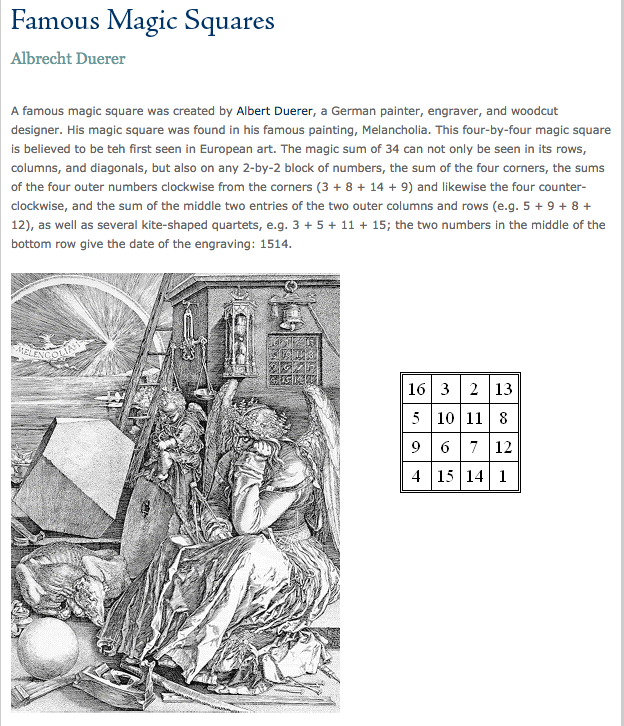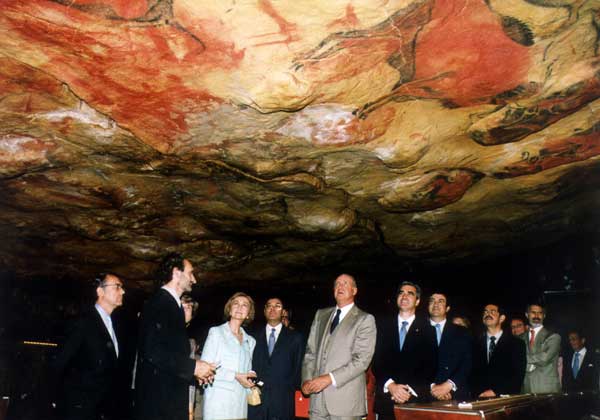The Thinking Man
Milton Glaser
The works caught my attention. They were fresh. Intriguing. I kept looking at them with an attention that surprised me. I was captivated! Milton Glaser was the designer.
Since then, there has been a gap of more than thirty years between the first chance acquaintance with the works of Milton Glaser and now with the thinking of the man. He is even more fascinating than his works. He thinks.
Here is one example of his thinking that I find extremely insightful:
Here is one example of his thinking that I find extremely insightful:
STYLE IS NOT TO BE TRUSTED.
I think this idea first occurred to me when I was looking at a marvellous etching of a bull by Picasso. It was an illustration for a story by Balzac called The Hidden Masterpiece. I am sure that you all know it. It is a bull that is expressed in 12 different styles going from very naturalistic version of a bull to an absolutely reductive single line abstraction and everything else along the way. What is clear just from looking at this single print is that style is irrelevant. In every one of these cases, from extreme abstraction to acute naturalism they are extraordinary regardless of the style. It’s absurd to be loyal to a style. It does not deserve your loyalty. I must say that for old design professionals it is a problem because the field is driven by economic consideration more than anything else. Style change is usually linked to economic factors, as all of you know who have read Marx. Also fatigue occurs when people see too much of the same thing too often. So every ten years or so there is a stylistic shift and things are made to look different. Typefaces go in and out of style and the visual system shifts a little bit. If you are around for a long time as a designer, you have an essential problem of what to do. I mean, after all, you have developed a vocabulary, a form that is your own. It is one of the ways that you distinguish yourself from your peers, and establish your identity in the field. How you maintain your own belief system and preferences becomes a real balancing act. The question of whether you pursue change or whether you maintain your own distinct form becomes difficult. We have all seen the work of illustrious practitioners that suddenly look old-fashioned or, more precisely, belonging to another moment in time. And there are sad stories such as the one about Cassandre, arguably the greatest graphic designer of the twentieth century, who couldn’t make a living at the end of his life and committed suicide.
But the point is that anybody who is in this for the long haul has to decide how to respond to change in the zeitgeist. What is it that people now expect that they formerly didn’t want? And how to respond to that desire in a way that doesn’t change your sense of integrity and purpose.














Comments
Post a Comment